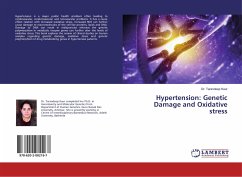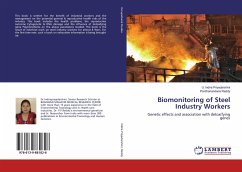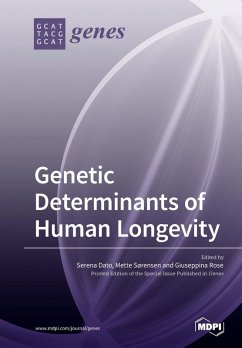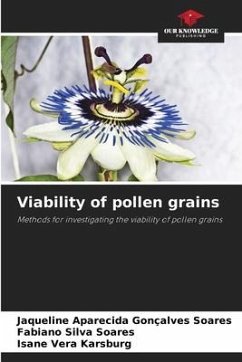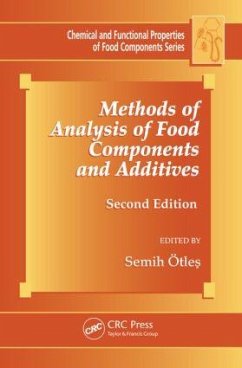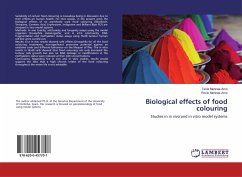
Biological effects of food colouring
Studies in in vivo and in vitro model systems
Versandkostenfrei!
Versandfertig in 6-10 Tagen
27,99 €
inkl. MwSt.

PAYBACK Punkte
14 °P sammeln!
Suitability of certain food colouring is nowadays being in discussion due to their effects on human health. For that reason, in the present work the biological effects of six worldwide used food colouring (Riboflavin, Tartrazine, Carminic Acid, Erythrosine, Indigotine and Brilliant Blue FCF) are analysed in two model systems.Methods: In vivo toxicity, antitoxicity and longevity assays using the model organism Drosophila melanogaster, and in vitro cytotoxicity, DNA fragmentation and methylation status assays using HL-60 tumour human cell line were carried out.Results: Our in vivo results showed...
Suitability of certain food colouring is nowadays being in discussion due to their effects on human health. For that reason, in the present work the biological effects of six worldwide used food colouring (Riboflavin, Tartrazine, Carminic Acid, Erythrosine, Indigotine and Brilliant Blue FCF) are analysed in two model systems.Methods: In vivo toxicity, antitoxicity and longevity assays using the model organism Drosophila melanogaster, and in vitro cytotoxicity, DNA fragmentation and methylation status assays using HL-60 tumour human cell line were carried out.Results: Our in vivo results showed safe effects Drosophila for all the food colouring treatments, non-significant protective potential against an oxidative toxin and different behaviour on the lifespan of flies. The in vitro results in HL-60 cells showed that food colouring not only increased the tumour cells growth but also no DNA damage or modifications in the methylation status were induced at their ADI concentrations.Conclusions: Regarding the in vivo and in vitro studies, results would support the idea that a high chronic intake of the food colouring throughout the entire life is not advisable.





